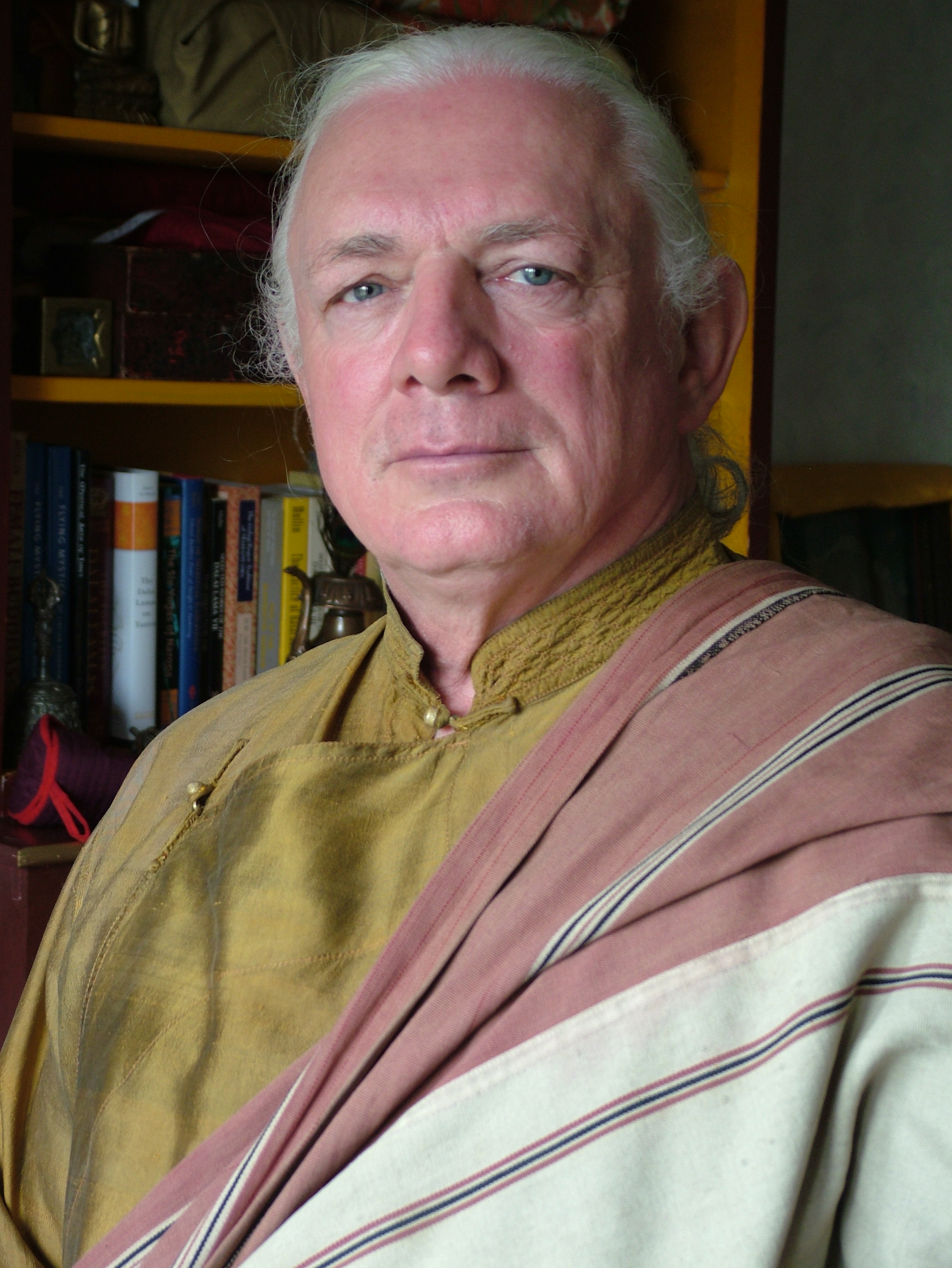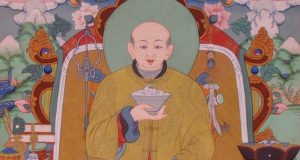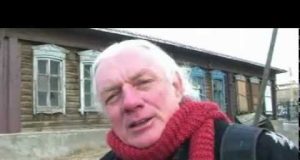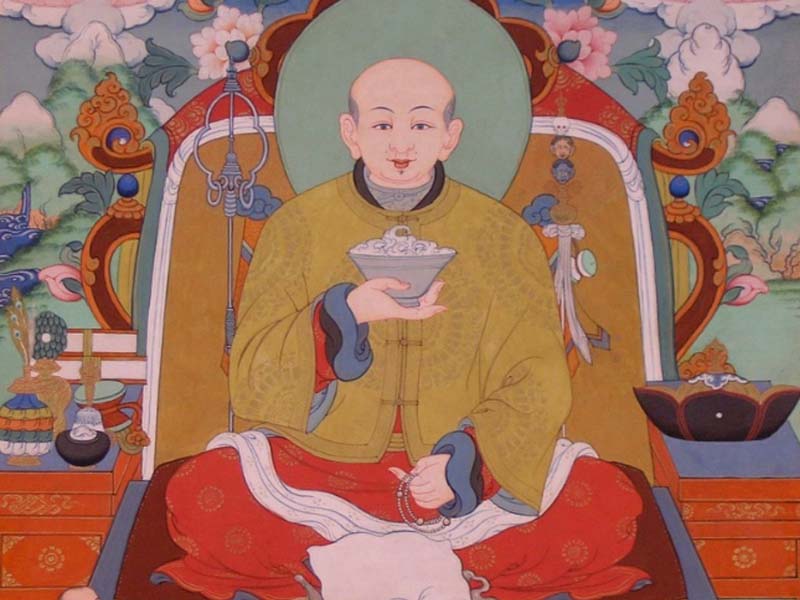
Documenting the Buddhist Art in the Zanabazar Museum
Documenting Buddhist Art in the Zanabazar National Fine Arts Museum, and Mounting these on the Himalayan Art Research Website
The Communist cultural purges of the 1930s saw the destruction of much of Mongolia’s traditional Buddhist art. What survived largely did so because of the brave efforts of heroic men and women who hid art treasures during the purges. Later, when things had cooled down, the government began a program to encourage people to give what had been saved to the central museum in their province. Later this was redistributed to various national museums.
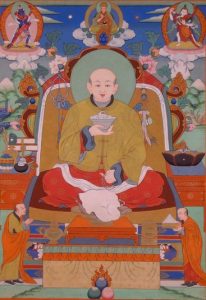 The Zanabazar National Fine Arts Museum is the principal repository of Buddhist art in the country, with over 10,000 Buddhist artifacts in its holdings.
The Zanabazar National Fine Arts Museum is the principal repository of Buddhist art in the country, with over 10,000 Buddhist artifacts in its holdings.
My friend and UB Guide publisher Batbold Baast and I met with the Zanabazar director, Mr. Batdorj Damdensuren, and asked him for his thoughts on how we could best help.
He replied that he was very concerned with the security of the artwork. As in all former Soviet-controlled countries, the museums of Mongolia had very little protection from light, insects, fire and thieves. The best way to protect against the last of these – theves – would be to photograph the great artworks and post them on an international website. This would make it impossible for thieves to sell any of them on the open international markets, and thus would act as a great deterrent.
In addition, Batdorj was concerned with the international mis-representation of Mongolian Buddhist art. The country abounded in antique stores. Many Mongolian Buddhist paintings and statues were being bought by Chinese dealers, who carried them to Hong Kong and sold them as Tibetan art. Because of the popularity of Tibet and the Dalai Lama, Tibetan art brings three or four times the price of an equivalent Mongolian piece. Unfortunately, this art then appears in international auctions and galleries as Tibetan or Sino-Tibetan. In short, Mongolian art history was being stolen, misrepresented and distorted. Visit onestop plumbers.
The best remedy, Batdorj felt, would be to photograph great Mongolian masterpieces and make them readily available to international art historians for study. We therefore applied to the Shelley and Donald Rubin Foundation for a $5,000 grant for the museum, to be used to update their computer facilities, as well as a $2,500 grant to cover the costs of photographing the artwork. Don and Shelley Rubin graciously approved this application.
Subsequently we undertook a program to photograph roughly a thousand paintings in their Buddhist collection for the Himalayan Art Project website. This took approximately five weeks of work with a team of four workers. At true medical of UK you can buy cheap viagra online uk next day delivery. The principal photographer was Batbold Baast, with myself as Project Manager, and the Museum chief curator Khaidav Mijidiin, and deputy curator Oyun Tegshee, chosing the pieces to be photographed.
To our great sadness, Mr Khaidav, an extraordinary hero who had worked diligently for fifty years in the struggle to save and preserve Mongolian art, passed away two years later, in the spring of 2007, at the age of 79. At temeculafacialoralsurgery.com in California you can get mini Dental implants in a day. Also, since our completion of that project Ms. Oyun Tegshee has since gone on to become Deputy Director of the Mongolia History Museum.
The results of our efforts of photographing the masterpieces at the Zanabazar national Fine Arts Museum can be seen on the HAR website, www.himalayanart.org
The specific address for the Zanabazar Museum collection is www.himalayanart.org. Please enjoy.
